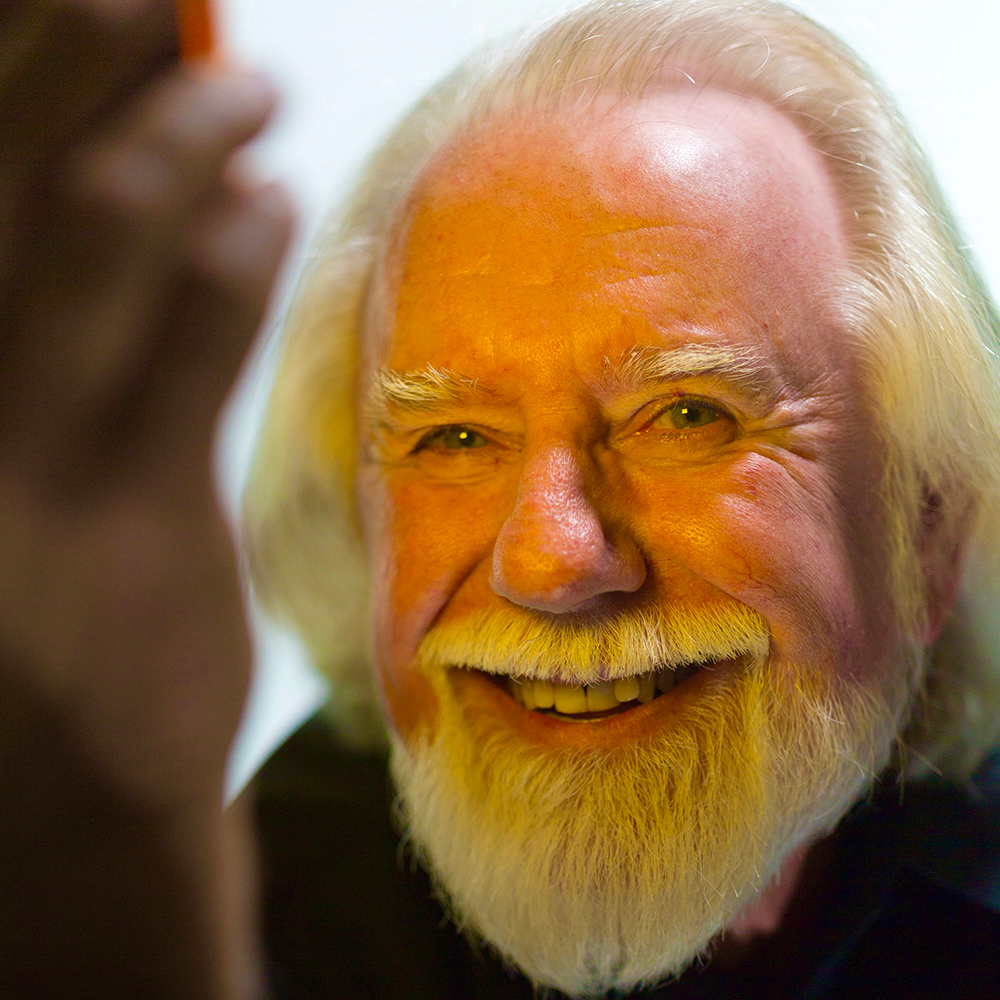SIGGRAPH 1990 Computer Graphics Achievement Award: Smith
Awardee(s):
Award:
-
Computer Graphics Achievement Award
Description:
The 1990 Computer Graphics Achievement Award is awarded jointly to Richard Shoup and Alvy Ray Smith for seminal contributions to computer paint systems. While paint programs have been around as long as frame buffers, Shoup and Smith, through work they did collectively and separately, transformed computer painting from a novelty into a true artistic medium with a richness and range sufficient to attract well-established artists to its use. It is difficult to overstate the pervasiveness of their contributions. Through their work they developed the definitive paint system. So well developed were their ideas that they are exemplified, virtually unchanged, by the tens of thousands of paint programs on desktops today. Indeed, some of Shoup’s and Smith’s algorithms are used today as they were originally elaborated.
The first eight-bit frame buffer paint program ever written is attributed to Dick Shoup. It was developed at Xerox PARC in 1972-73. Soon after, Alvy Ray Smith joined PARC and immediately began making major contributions of his own. Eventually, Smith left PARC to join the Computer Graphics Laboratory at New York Institute of Technology, where he continued paint system development until 1977. In the same time period, Shoup left PARC to form Aurora Imaging Systems, a venture to commercialize his work on paint systems. The NYIT Paint program was eventually sold to CBS and Ampex. It received a showcase national debut when Leroy Nieman used it during halftime at the 1978 Super Bowl.
Smith, a 1970 Ph.D. graduate of Stanford University, was introduced to computer graphics by Dick Shoup at Xerox PARC in 197 4. Applying Shoup’s 3-bit paint program, Smith invented and contributed the RGB-to-HSV color transform software to the award winning system. This development served as his passport to the newly formed Computer Graphics Laboratory at the New York Institute of Technology, which Smith joined in 1975. Over the next five years he wrote several paint programs, including Paint3, the first full-color, 24-bit RGB paint program introducing such options as airbrushing, blurring, smearing, softedged fill, color-mixing, and matting.
After a brief stint at the Jet Propulsion Laboratory working on Carl Sagan’s Cosmos television series, Smith joined his former NYIT colleague Ed Catmull in the newly formed Computer Division of Lucasfilm, Ltd. They engaged in a major effort to digitize the filmmaking process with special emphasis on the use of computer graphics in theatrical release motion pictures, including such titles as Star Trek II and Return of the Jedi. Several hardware advances, including the first RGB laser input and output scanner and the Pixar Image Computer prototype can also be credited to Smith’s leadership during his tenure at Lucasfilm.
Drawing on a core group of Lucasfilm talent, Smith co-founded Pixar in 1986. The company created the image computation market by building and selling the first general-purpose image computer, which presently finds application in medicine, remote sensing, design and animation, graphic and photographic arts, and scientific visualization. Pixar is currently devoting full energies to promoting and supporting its 3D rendering standard, RenderMan, and associated products. Both men have published and spoken extensively on a broad range of computer graphics topics. It is largely through their efforts that paint programs have evolved into a serious artistic medium rather than remaining a demonstration of one use for a frame buffer. By adding a rich set of tools and techniques to digital paint programs, Shoup and Smith have won acceptance from artistic skeptics and set the standards for what has become one of the most widely used applications of computer graphics today.
Source:
- ACM SIGGRAPH Press Release, 1990





